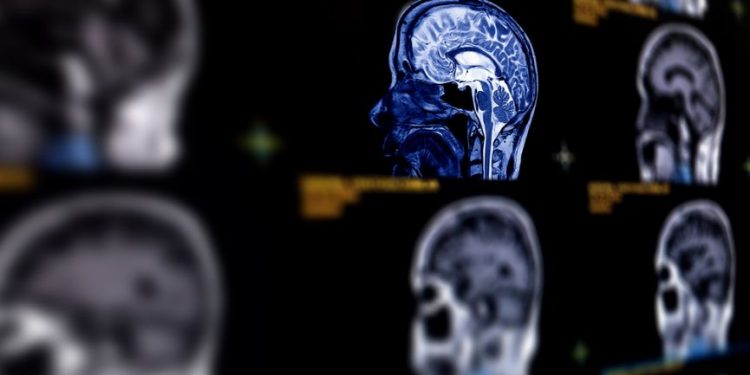The management of skull base tumors presents a number of complex challenges. Treatment depends on a number of factors, including the tumor’s size, location, and type. Surgical and radiation therapy are among the main treatments available. A multidisciplinary team is often needed to provide a comprehensive treatment plan.
Identifying the tumor is the first step. To do this, a neurological exam and imaging tests are typically performed. An MRI scan can determine the exact location of the tumor. For more detailed information, a patient may have a biopsy of the tumor.
Skull base tumors can be cancerous or benign. If the tumor is malignant, it can affect the spine, head, and neck. Fortunately, advances in technology have improved the reliability of treatment options. Surgery and radiation therapy can be used to treat skull base tumors. Chemotherapy is also a common option for patients with these types of tumors.
Symptoms of a skull base tumor may appear gradually over time. They can range from headaches and vision loss to memory problems and weakness. In most cases, a person will experience these symptoms as a result of the pressure that the tumor is putting on the brain or nearby areas. However, the symptoms can also be attributed to other diseases.
Depending on the severity of the tumor, patients may require surgery. In many cases, patients can return to their normal activities after the procedure. Others will need to take medications to prevent swelling and pain. Often, a stay in the hospital is required for a few days.

After the surgical resection, patients can expect to see all their specialists in the same room. This gives them the opportunity to see each of their physicians, making it easier to develop a treatment plan that is tailored to their individual needs.
Following the initial surgery, patients may be encouraged to take a short walk the next day. Some patients will need to stay in the hospital for several days, but most will be able to return to their normal routine within a few weeks. Various surgical approaches are available to treat these tumors, and the team of doctors will decide which approach is the most appropriate for each patient.
Surgery involves minimal brain manipulation to minimize complications. It can help maintain the normal neurologic function of the affected part of the brain. Several surgical procedures are available to treat the tumor, including transsphenoidal surgery, pericranial flaps, and far lateral craniotomies. These techniques allow surgeons to preserve the sensitive structures of the brain and spinal cord.
Radiation therapy is also a possible option for patients with malignant skull base tumors. Several forms of radiation therapy are available, including stereotactic radiosurgery and external beam radiation therapy. Several factors can influence the amount of radiation needed for the tumor.
A team of specialized physicians works together to develop a treatment plan for each patient. These physicians use the latest technology and techniques to provide the best treatment for each patient.









